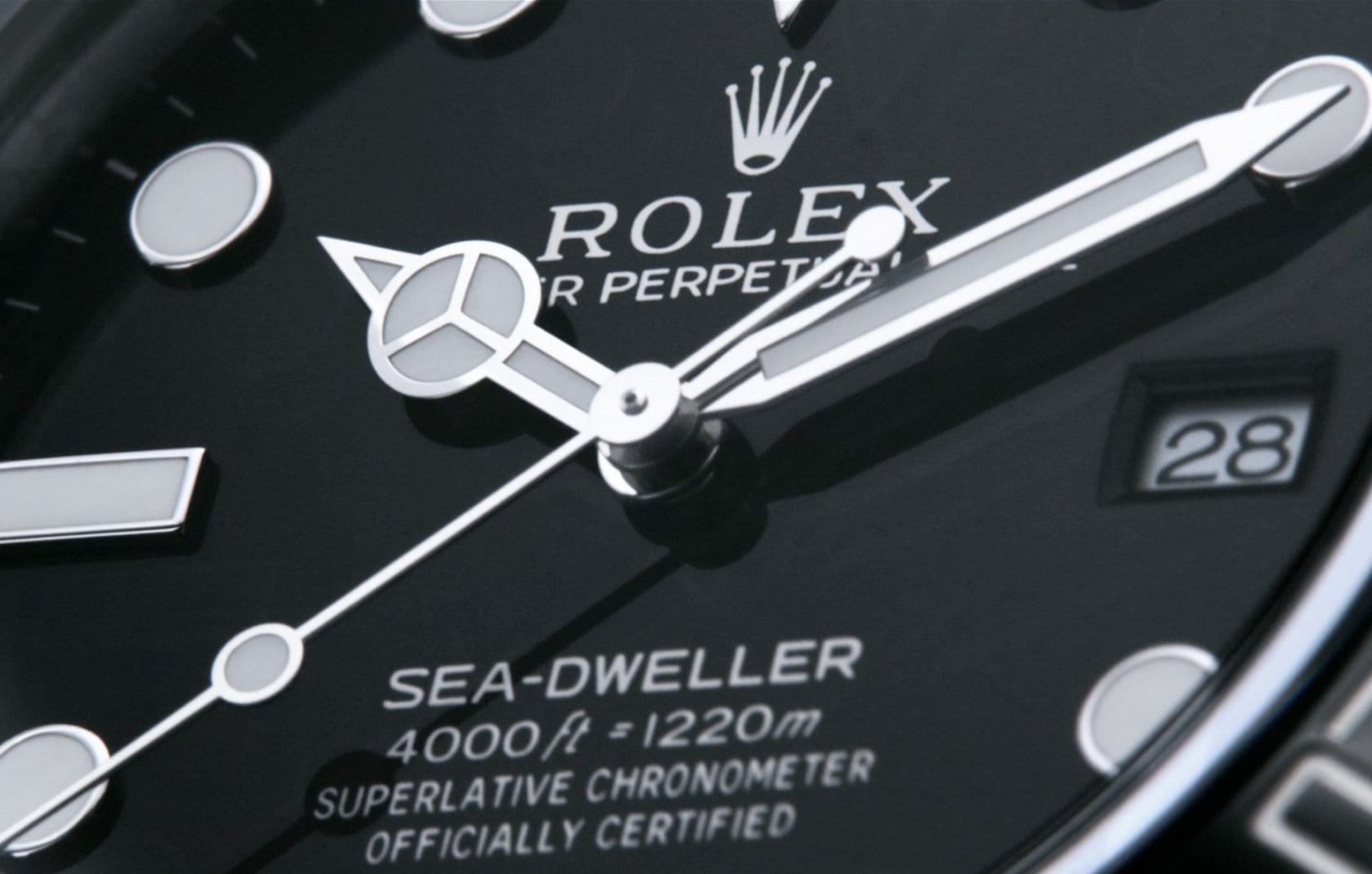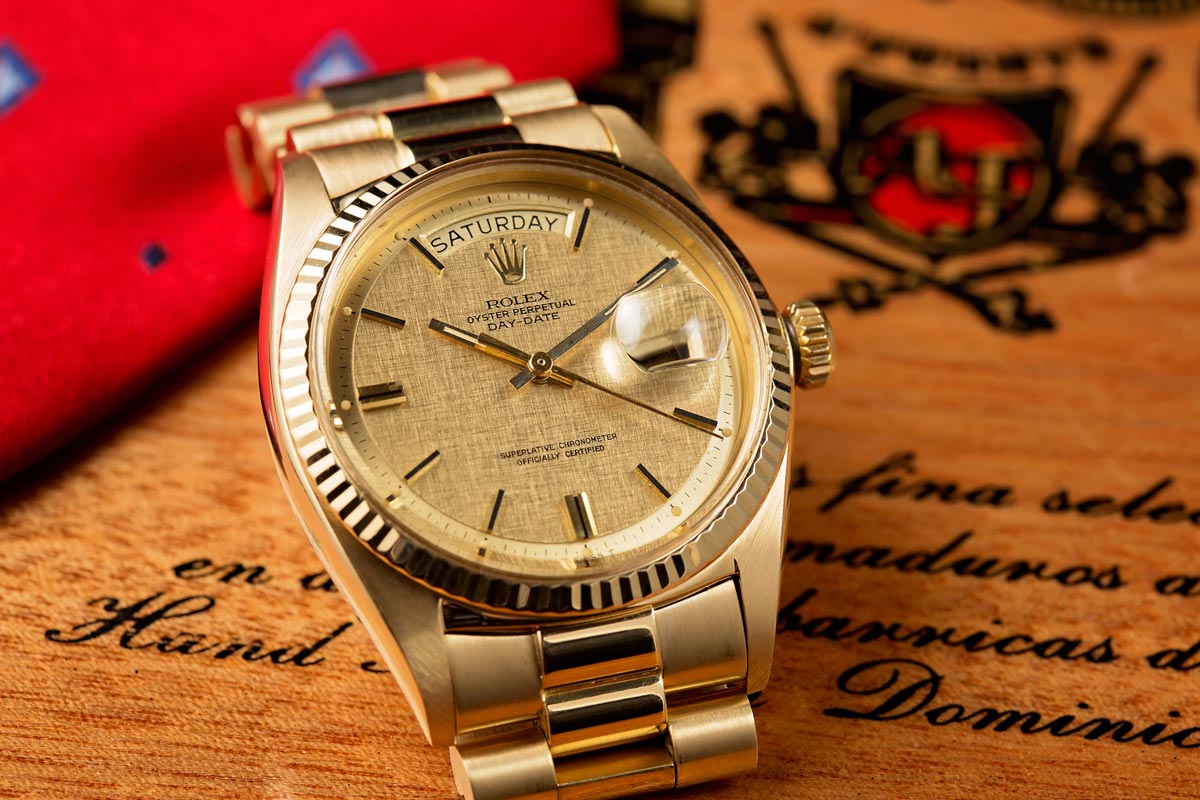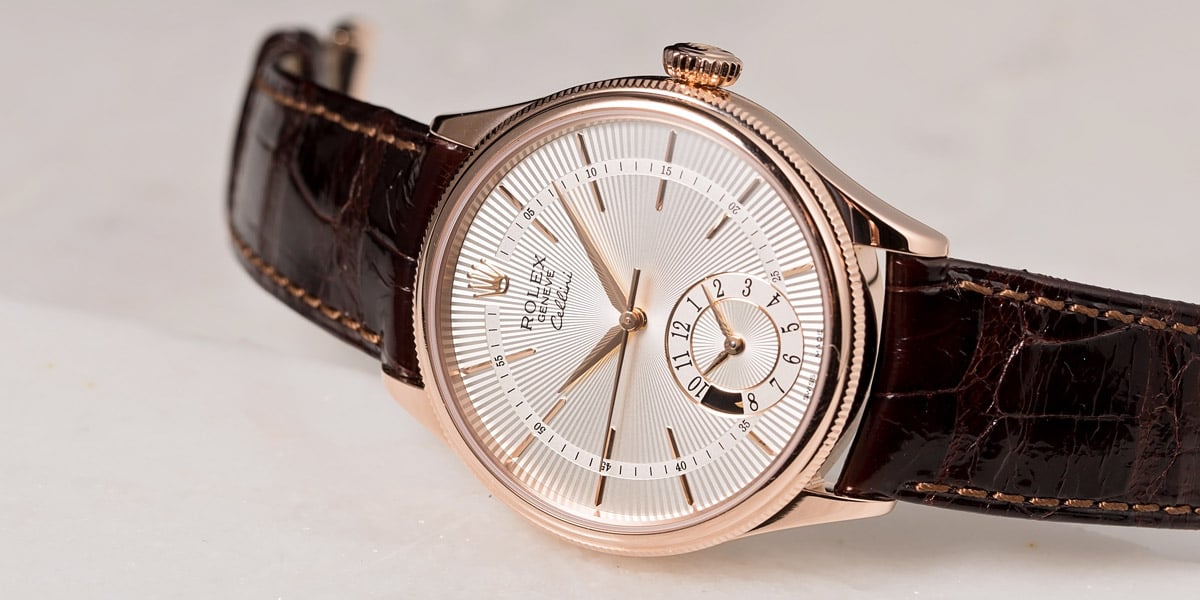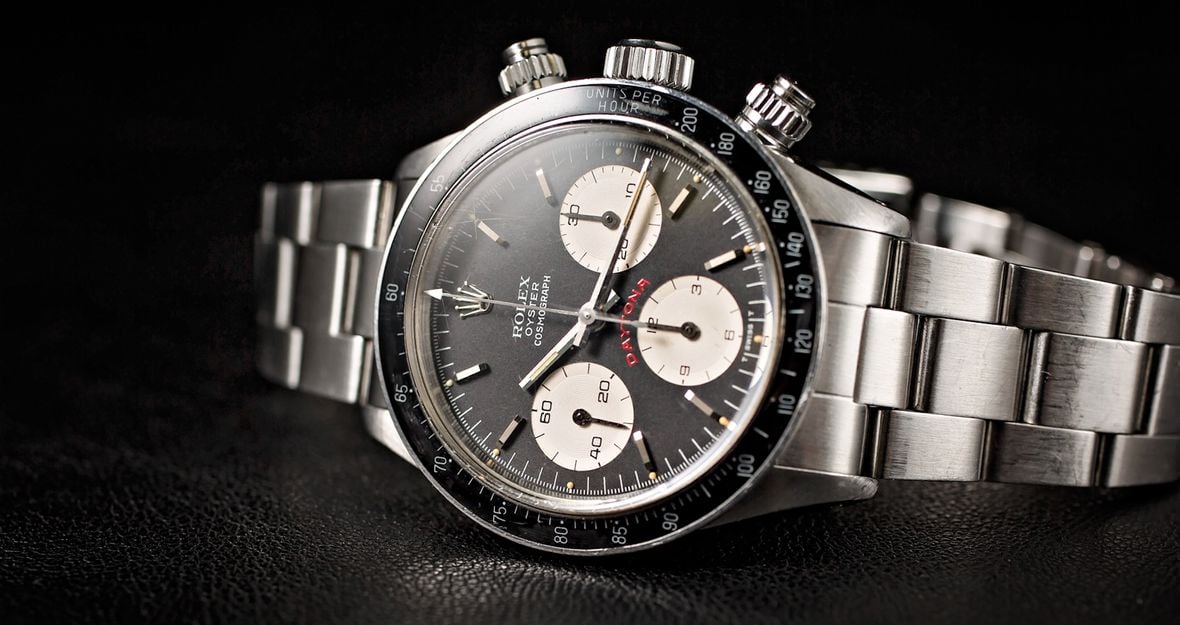In the strangely interconnected worlds of horology and motorsport, there are few more evocative names than ‘Daytona’.
For racers, it will forever be associated with land speed records and NASCAR. For watch collectors, it represents one of the most desirable chronographs that money can’t buy.
Unless you once saved the life of your local Authorized Dealer, and landed him forever in your debt, a brand new steel Rolex Cosmograph Daytona will be out of reach for years as you join the back of a queue of other desperate aficionados, languishing on a waiting list that stretches into the next decade.
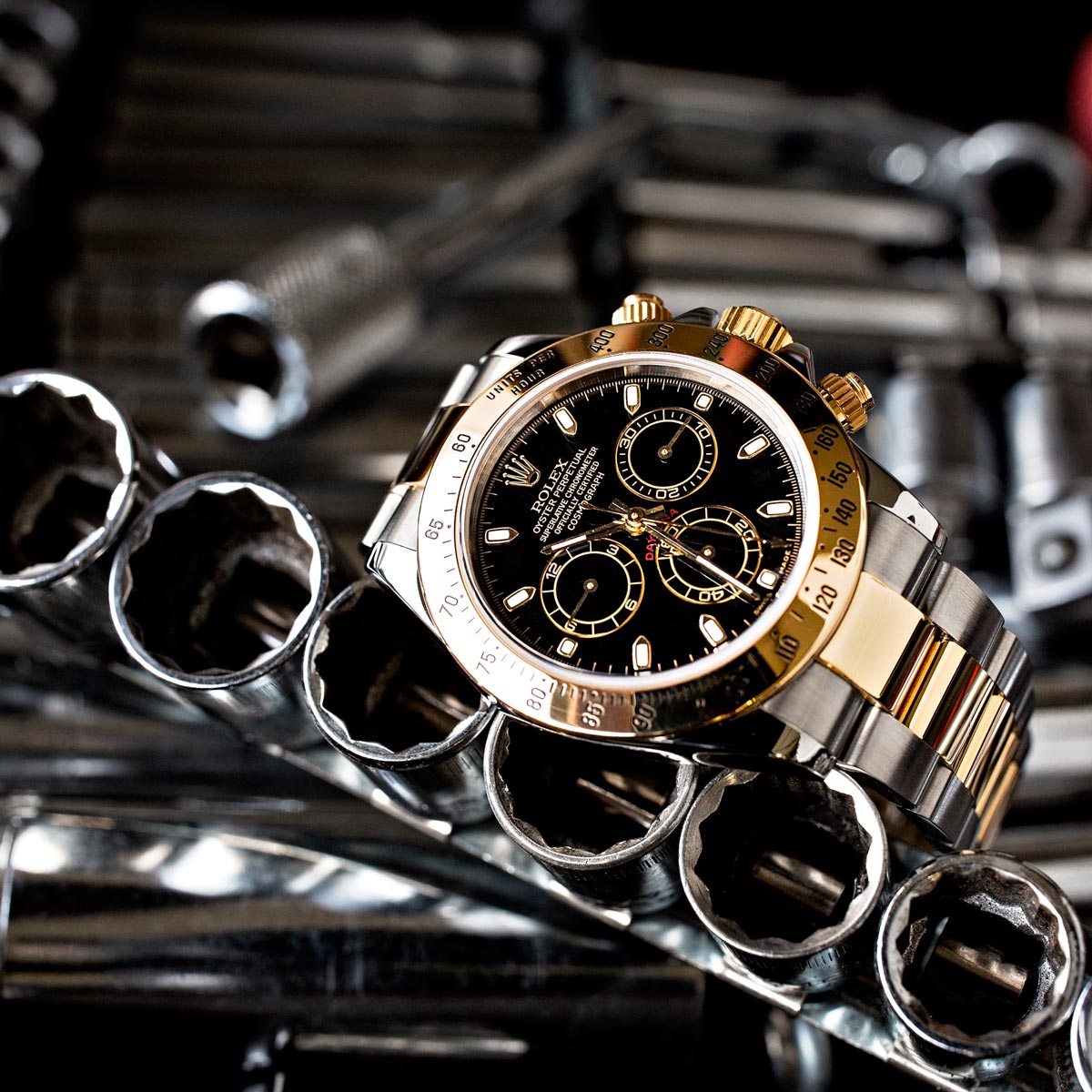
This issue of supply and demand has been growing steadily since 1988, when Rolex fitted the Daytona with its first self-winding movement, ushering in the watch’s second generation. As the highly modified El Primero caliber was being sourced from a third party, legendary Swiss watchmaker Zenith, production couldn’t keep up with the public’s appetite. Even today, with the entirely in-house cal. 4130 that’s been sitting inside the newest iteration since 2000, considered among the most accurate and sturdiest movements ever made, eager buyers are being forced to wait impatiently for anything up to five years.
Could Rolex churn out the most sought after watch in the world any faster and quell some of the frenzy? Who knows? (But yes, probably).
But along with the commercial goldmine of having a loyal fan base in a state of heightened fervor for your product, you get the feeling that those sitting behind the bunker-like walls of Rolex HQ are quite enjoying the irony. The watch they were unable to even give away for decades is now the one it’s impossible to buy.
Slow Start, Racing Finish
The first Daytona launched in the sixties to a great collective shrug of indifference from followers, not helped by the manual-winding caliber sourced from another ancillary maker, Valjoux. While a fine chronograph movement in its own right, the world was moving into the quartz age of accuracy and convenience. Winding your watch every day was a relic of another time.
As a result, watches that today are reaching auction figures that read like phone numbers sat on dealer’s shelves for years. There are even reports of them being given away for free as incentives to customers thinking of buying more popular models.
So how did we get from one of Rolex’s most uncharacteristic missteps to today’s situation, where dealers hoard modern versions to sell at huge markups to only their most loyal repeat customers and classic models are at the pinnacle of the vintage market?
It would be tempting to say it all started with Paul Newman. When the actor and racing driver was gifted a ref. 6239 by his wife Joanne Woodward in 1972 to mark the start of his career on the track, the exotic dial Daytonas quickly and unofficially adopted his name.
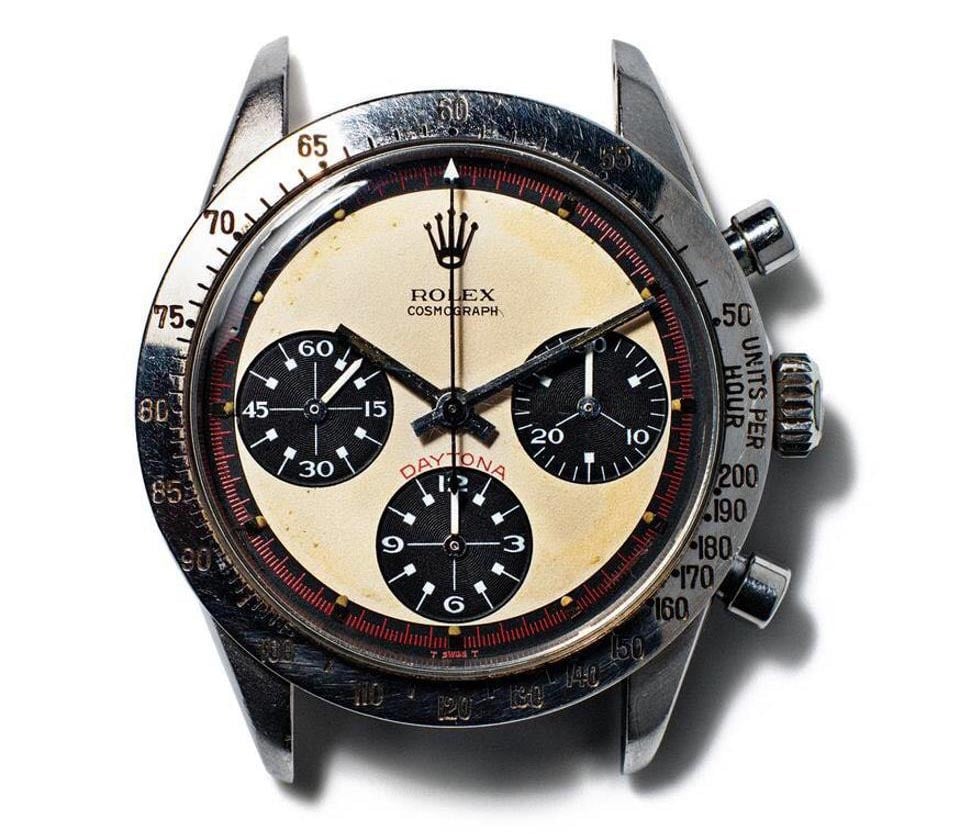
But, if anything, the Paul Newman Daytonas, with their Art Deco accents and black outer track on the dial were even poorer sellers than the standard version.
It wasn’t until that first generation was replaced in the late eighties with the automatic 16520 series that the watch began to experience the unprecedented success it enjoys today.
As you’d expect from Rolex, the timing was flawless. The fairly new phenomenon of watch collecting was reaching fever pitch, and the prestige of the Rolex name, coupled with the Daytona’s beautiful, clean design and limited availability soon saw examples of the latest series, as well as its predecessor, change hands for many times the original list price.
Those Paul Newman namesakes that used to just take up floor space were now being credited with inventing the vintage watch market as we know it today. The holy grail of them all, the first one worn by the man himself, is going under the hammer later this year and is expected to break all records for the most expensive Rolex ever sold.
The Most Undervalued Daytona – Rolex Daytona 116523
The reputation and desirability of the Daytona has never been higher. But while brand new versions can’t be obtained with any amount of lying, cheating or stealing, certain references remain extremely attainable on the pre-owned market.
The ref. 116523 represents something of a bargain in vintage circles. The Rolesor edition of the latest generation of Daytonas, with the all in-house Rolex caliber, it was given a facelift just last year, becoming the 116503.
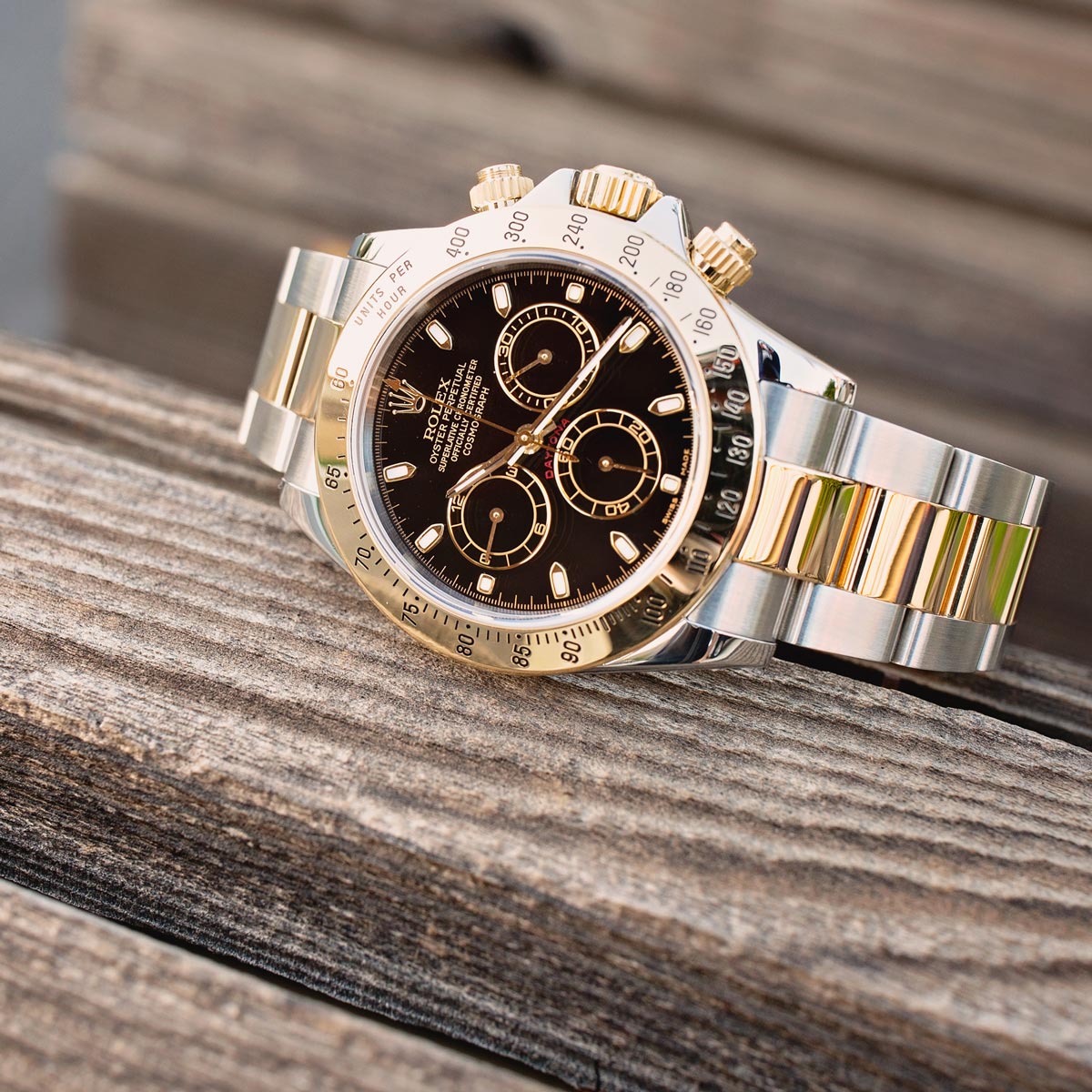
With its two-tone coloring, steel and 18k gold, it has arguably the most versatility compared to its all steel and all gold stable mates. It’s easy to forget the Daytona was designed first and foremost as a robust tool watch for serious professionals, rather than as a statement piece. The Rolesor version is smart enough to pair with business suits and not so flashy it would look out of place behind the wheel of an endurance racecar.
The steel 40mm Oyster case is ringed by the distinctive Daytona gold bezel, engraved with a tachymeter scale that allows drivers to measure speeds of up to 400kph. The dial, which was available in a number of finishes including black, white and mother of pearl, is equipped with the standard second, 30-minute and 12-hour subdials.
The position of those dials changed position very slightly from the previous series to accommodate the new 4130 movement, telling the eagle-eyed at a glance whether they were looking at a Zenith Daytona or the upgraded, all Rolex item. Along with them being placed a few degrees higher on the face, the dials at 6 o’clock and 9 o’clock swapped places.
The Caliber 4130
Rolex spent five years perfecting their in-house chronograph movement, and they produced a benchmark caliber by which all others are judged. It saw the introduction of the antimagnetic Parachrom hairspring, with up to 10 times greater shock absorption, and used an integrated vertical clutch to ensure precision starts and stops of the seconds hand and to keep timekeeping accuracy to within 1/8 sec.
All told, the Cal 4130 contains just 290 separate parts, vastly fewer than most other chronometers. This elegantly simplified movement freed up space inside for a larger mainspring barrel, upping the power reserve to 72 hours.
The Most Collectible Watch in the World
Even for a brand with as many iconic models on its books as Rolex, the Daytona is held in higher esteem than any other.
Its history, its efficiently handsome design and its scarcity put it at the top of the list for both novice and battle-hardened collectors. While that would ordinarily be a recipe for astronomical prices, which the Daytona certainly has for specific models, references such as the 116523 remain a gateway for the majority of us to own a true piece of watchmaking history.
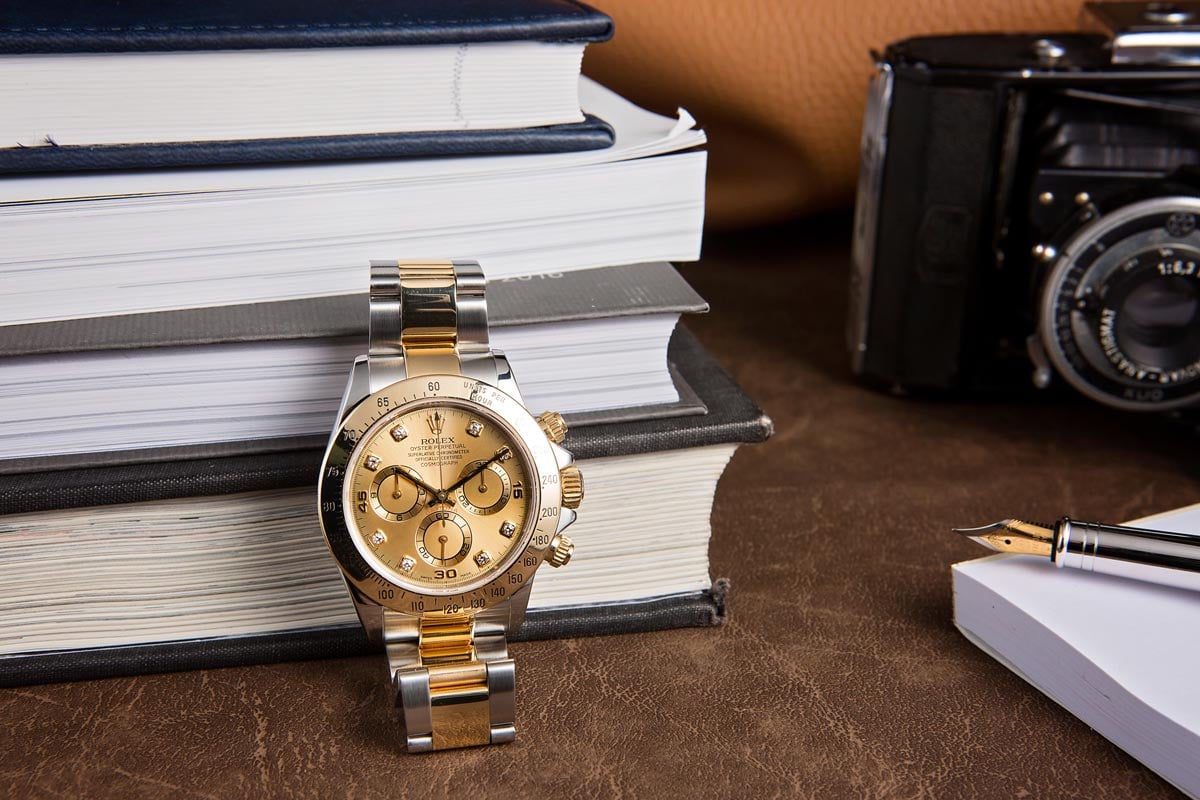
With the most eagerly anticipated Rolex auction in a generation fast approaching, interest in the brand’s flagship sports watch is in no danger of flagging, so now is a great time to jump on board and bag yourself not only a beautiful watch but also a great investment.
In the world of chronographs, there’s the Daytona and then there’s everything else.

